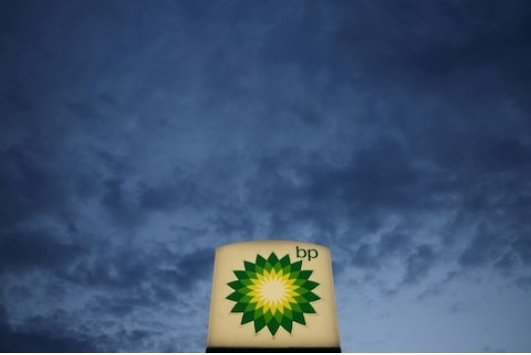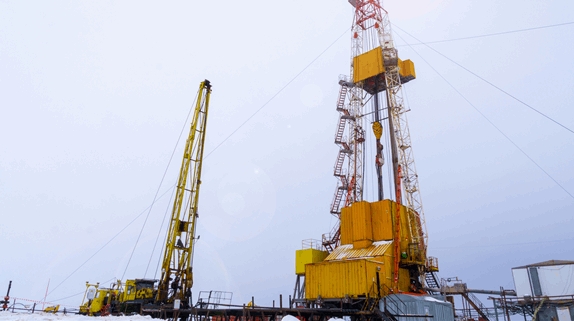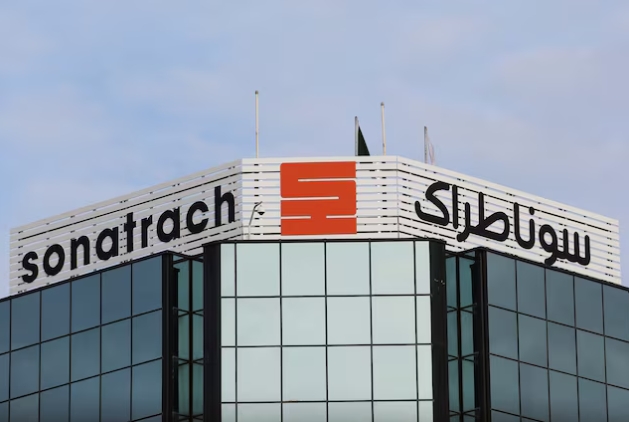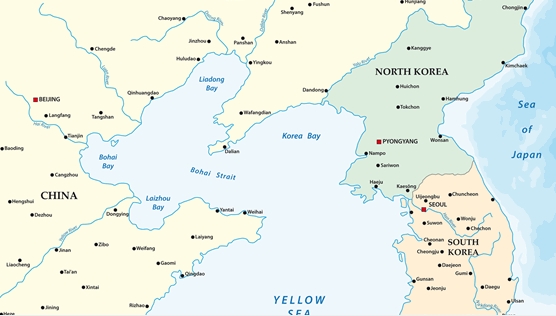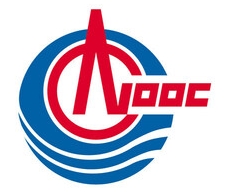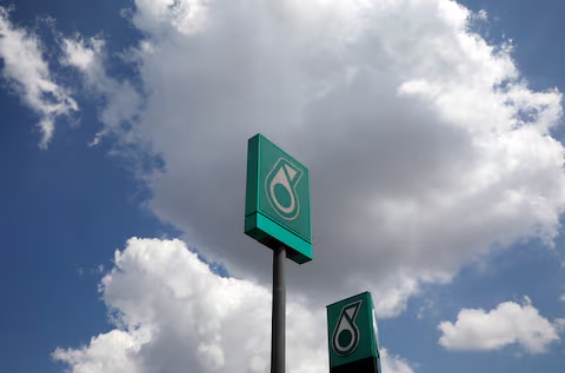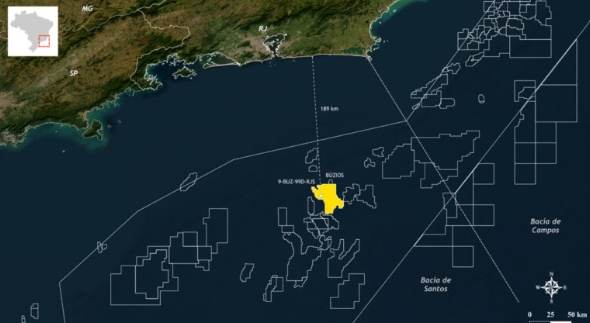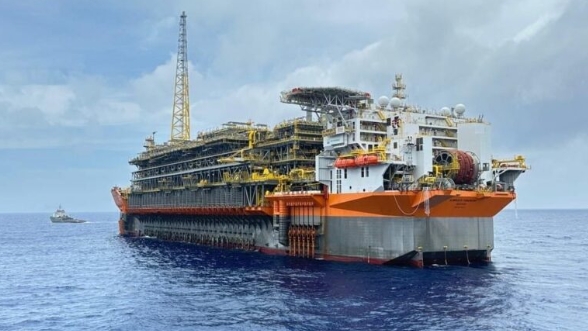Offshore production was able to add approximately 40 MMcf/d day on day, pushing production to about 1.3 Bcf/d, stopping the five-day slide experienced since Monday when production sat at 2.9 Bcf/d, according to data by S&P Global Platts Analytics. Although Louisiana, Mississippi and Texas experienced small gains in offshore gas production day on day, Alabama offshore production dropped approximately 10 MMcf/d.The decline in total Southeast power burn demand also continued as demand fell 0.6 Bcf/d day on day, pushing total demand reduction to 1.7 Bcf/d since the week-high mark set Wednesday of 13.4 Bcf/d. Similarly, Louisiana sample power burn has fallen approximately 240 MMcf/d, or 15%, since Wednesday's levels.
Meanwhile, LNG feedgas demand continues to recover following Friday's deliveries to the Sabine Pass and Cameron LNG terminals. Since falling to 2.9 Bcf/d of feedgas demand on Thursday, marking the lowest levels since Sabine Pass underwent maintenance in mid-April, deliveries to the facility have rebounded back to 30-day levels, reaching 3.7 Bcf/d on Saturday.
Although port restrictions have suspended pilot services along the intracoastal waterway that serves Cameron LNG terminal, LNG production at the facility appears to be ongoing as feedgas deliveries have picked back up over 600 MMcf/d over the past two days after falling to 265 MMcf/d on Thursday.
The National Hurricane Center downgraded Barry back to a tropical storm by 3 pm CDT after it had traveled further inland and winds weakened to 65 mph.
"Barry should continue north-northwestward and northward through Louisiana for the next 30 to 36 hours as the cyclone moves through a weakness in the mid-level ridge to the north," the NHC reported. "After that, the cyclone or its remnants should encounter the westerlies and turn north-northeastward before they dissipate."
HAYNESVILLE
The storm is slow moving and capable of dumping up to 20 inches of rain in some spots. Barry is on course to run directly into the Louisiana portion of the Haynesville Shale, where flooding could lead to a temporary decline in production.
The most comparable storm to hit the region and cause flooding was Hurricane Gustav in 2008. It followed a trajectory nearly identical to the one forecast for Barry.
Gustav approached the greater Haynesville region near northeastern Louisiana-eastern Texas on September 2 before passing through as a tropical depression as it made its way into Arkansas.
Haynesville experienced a drop in production of approximately 4%, or 196 MMcf/d, the day before the storm arrived.
Although production was able to recover in three days, reaching 4.83 Bcf/d on September 4, well above the month-to-date average in August, production averages for September were down 167 MMcf/d month on month.
Before the tropical depression hit, Carthage pricing averaged $8.01/MMBtu in the month of August. On September 1, one day before it struck, pricing was at $7.49/MMBtu and dropped to as low as $6.78/MMBtu as the storm moved out. Carthage saw downward price pressure for September as it averaged $6.56/MMBtu, or $1.45 less than the previous month.
